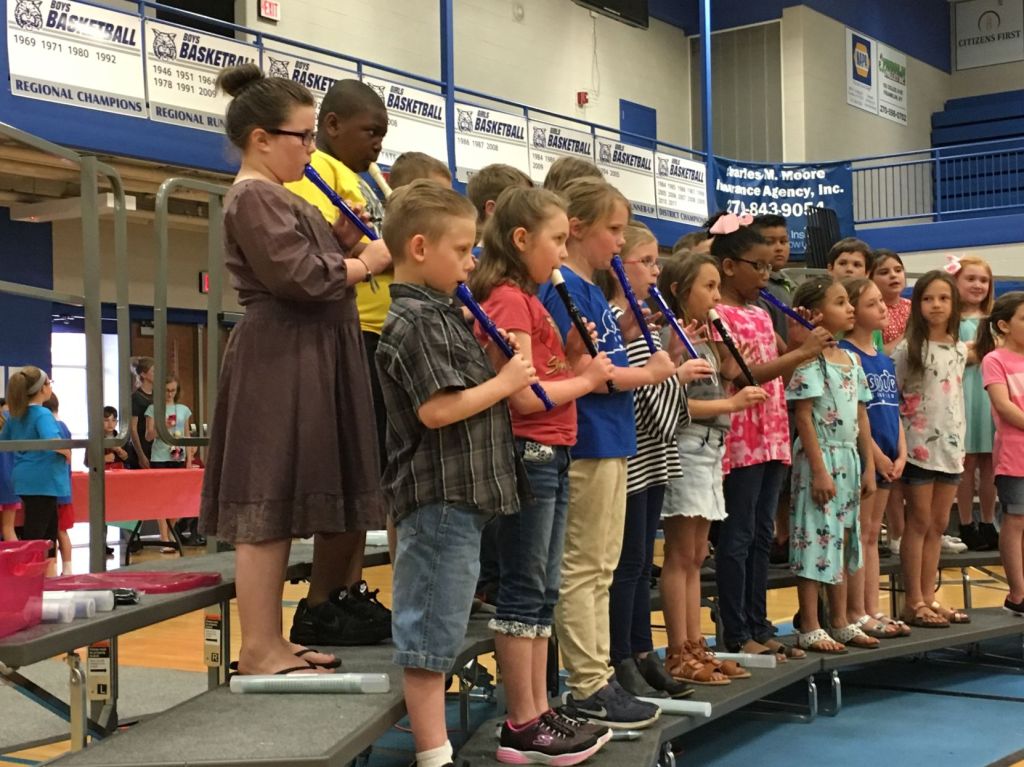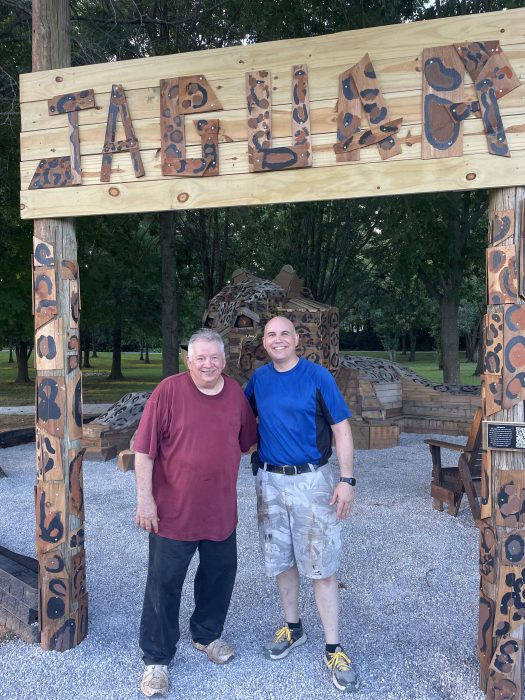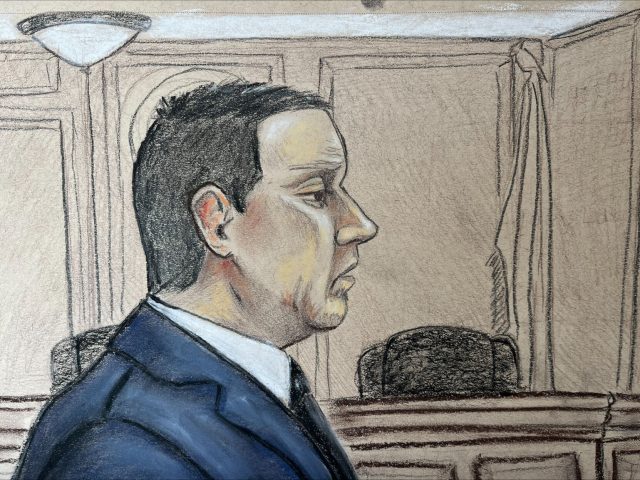Simpson STEAM showcase illustrates district’s commitment to integrating technology in class
Published 6:00 pm Friday, April 12, 2019

- Students involved in a special music class for 1st, 2,d and 3rd graders play recorders in a rendition of "Hot Cross Buns."
FRANKLIN – Simpson County Schools came out in force to demonstrate the engineering, art and technology that’s been brought into classrooms from preschool to 12th grade.
At the sixth annual STEAM Showcase on Thursday night, teachers and students showed off the ways their classes incorporate science, technology, engineering, art and math, also known as the STEAM disciplines.
As parents and others worked their way through the Franklin-Simpson High School gym, they saw Lego robots, virtual reality, 3D printer programs and a range of science experiments.
Krista Jackson, the district’s technology integration specialist, said Simpson County Schools uses the STEAM Showcase to give parents a better idea of what their children do in class.
“It is great for our parents … ,” she said. “I have three kids. It’s so hard to ask them what they did at school today. You know, a lot of times you just get, ‘We ate lunch.’ ”
The STEAM Showcase also gives students a chance to see what others are doing, Jackson said.
After watching her grandsons use the district’s new virtual reality platform, the HTC Vive, Donna Brown spoke highly of the STEAM Showcase, which she attended for the first time.
“It means a lot that they have this because there’s a lot of talent in the schools that’s getting recognized,” she said.
Brown said she was excited to see her 6-year-old granddaughter present a slideshow about penguins. “It’s amazing to me,” she said. “I knew she was studying penguins, but I didn’t know she made a (slideshow).”
Brown said she was impressed with the virtual reality platform and what could potentially be done with it in the classroom.
“I’ve never seen something like this before,” she said. “I thought it was just a game, but it works their body and their mind.”
Jennifer Sheffield, the district’s gifted and talented consultant, said the HTC Vive is new and will be used in classrooms.
“We’ve been looking at ways to implement it in ways that are authentic instead of just them playing games,” she said.
The district plans to use the machine to incorporate a program called CoSpaces, which allows the students to craft their own environments in virtual reality, Sheffield said.
“The kids can create their own virtual environments, which is kind of a steppingstone toward video game design,” she said. “That’s got tons and tons of math tie-ins and science and coding as well.”
The district considers integrating technology and engineering into the classroom to be an important part of preparing children for the future, Sheffield said.
“The world that me and a lot of other teachers grew up in and prepared for has changed a great deal, and you still need literacy skills and study skills and academic skills, but technology is completely integrated into everything that we do now,” she said.
Using technology in the classroom is a good way to engage with students, Sheffield said.
“These kids have been born into a generation that already had all this technology, so it’s not considered foreign or new or strange or different. It’s part of their reality, so we’ve got to integrate that and those types of skills and thinking to prepare them for life,” she said.
The STEAM Showcase gives parents the chance not only to see what their children do in school but interact with some of those experiments and technical items directly, Sheffield said.
“There’s something so much more exciting about really getting to try it yourself,” she said. “You can’t explain why a 14-foot-long wave machine made out of bamboo sticks and (gumdrops) is exciting. No one would ever understand that, but then when you get to play with it and try it and see the dynamic, then you understand why the child is so interested.”
The wave machine Sheffield was referring to was set up nearby. Two students held a long sequence of wooden skewers with gumdrops on the ends, and the skewers were held together in the middle by a length of duct tape.
Fifth-graders Bella Robertson and Jack Coker showed that moving one of the wooden prongs caused a twist that rippled through the whole wave machine, simulating how sound waves travel.
“It represents sound waves so when I flick it or when I move it, those waves you can see in the skewers represent sound waves traveling through air,” Bella said.
A shorter wave machine with skewers placed closer together represents sound waves moving through a denser material, like metal, she said.
Bella said she enjoyed the STEAM Showcase because it’s fun to demonstrate what she’s been working on in class.
“It’s really neat to find out what other people are working on, too,” she said.






